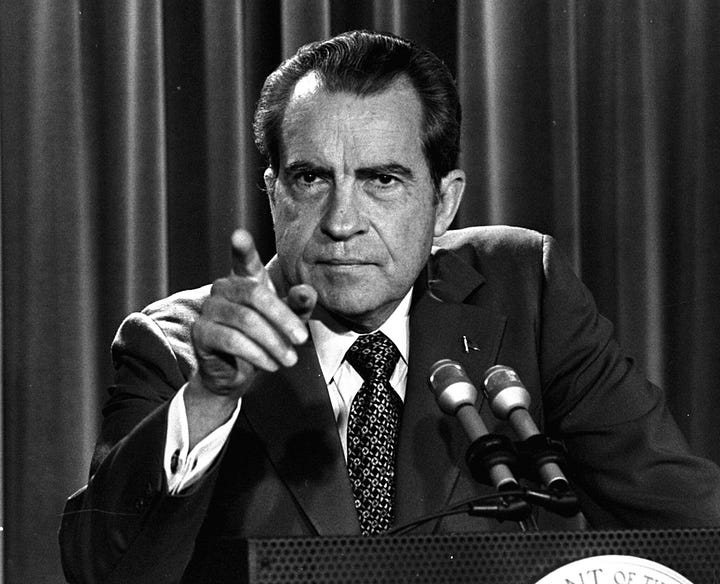JFK or Richard M. Nixon in a 1960 mock vote at Davis Junior High School
Being on the losing side can be a valuable lesson for a 14-year-old
The year was 1960.
As my fall classes began at Davis Junior High School, what would turn out to be one of the closest presidential elections in American history was shaping up across the United States.
Richard Nixon vs. JFK.
Tricky Dick vs. Camelot.
Pale and sweaty vs. bright and charismatic.


If those same two were running today, it's hard to imagine Kennedy wouldn't win in a landslide. But that was not the case in 1960 in the country or in the state of California or even in the city of Davis. My hometown had not yet earned its "People's Republic" label assigned to it by the more "conservative" folks in surrounding communities. And my 14-year-old brain had not yet come up with "The City of All Things Right and Relevant."
I had, however, developed a passing interest in national politics. This was not because of personalities and policies, but oddly because of my love for numbers.
My dad had recognized that love early on and allowed me to stay up late during the 1956 presidential election to watch the ever-changing tally of numbers from all 48 states twirl before my very eyes on our television screen.
In those days no one was analyzing the Electoral College or talking about battleground states like they do today. Our screen was simply alive with numbers as Dwight David Eisenhower crushed Adlai Stevenson, a race I cared absolutely nothing about.
Numbers are also the reason I fell in love with sports before I was old enough to go to kindergarten. Forget the thrill of victory and the agony of defeat, I wanted to know what base hit in baseball or what long run in football or what perfect shot in basketball would light up the scoreboard and make those numbers change. To this day I have never been interested in any sport that doesn't have a fully functioning scoreboard front and center.

